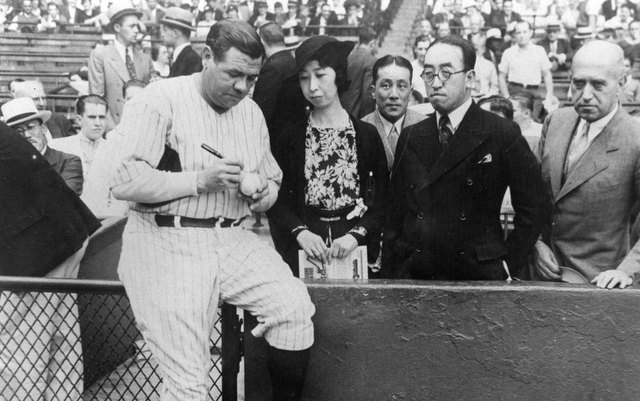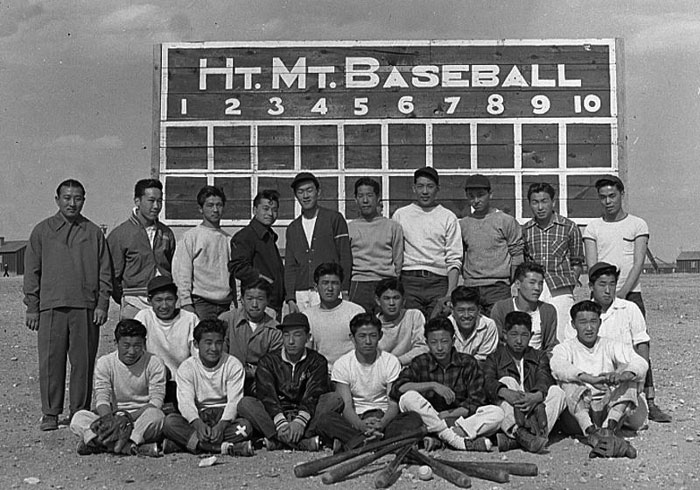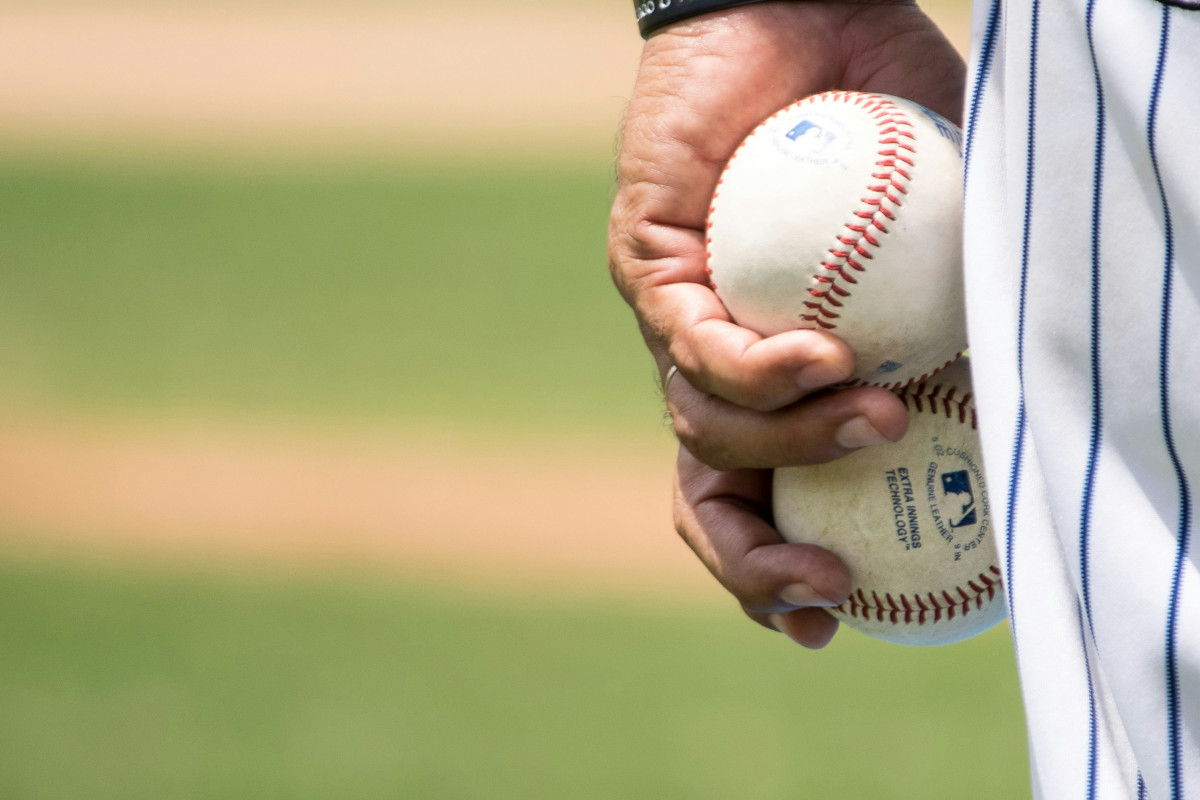On June 17th, 2025, Shohei Ohtani made history in the baseball world with his record-breaking pitching debut for the Los Angeles Dodgers. His 2023 World Baseball Classic final was also historic, becoming one of the most-watched baseball games ever recorded. With fresh faces in the MLB like Dodgers’ Shohei Ohtani or Cubs’ Shota Imanaga, it may be surprising to see so many prevalent Japanese players in what’s often seen as a distinctly “American” sport. Less known, however, is that Japan’s relationship with baseball began over a century ago and has evolved into a deeply rooted tradition.
Baseball holds rich meaning for Japanese and Japanese Americans, connecting history, culture, and communities through a shared passion. Across borders and through decades, the game has remained a strong thread connecting people and communities. Whether in stadiums or community fields, the sport remains a meaningful cultural bond across borders and generations.
The origins and evolution of bat-and-ball games
Many consider baseball the pinnacle of modern American sports; however, its roots go much further back. Historians report ancient Egyptians played early forms of bat-and-ball games as far back as 2,000 years ago. From there, various civilizations developed their own versions, ranging from Mesoamerican cultures to Medieval Europe. One of the most well-known sports with a similar format is cricket. It originated in 16th-century England and evolved into its modern form between the 18th and 19th centuries. Although baseball has become a significant symbol of American culture, its origins can be traced back to earlier civilizations and centuries-old games.
The term “baseball” first appeared in 1744 in John Newbery’s A Little Pretty Pocket-Book. Although the game was similar to modern baseball, some historians say players may have hit the ball with their hands instead of a bat. Several bat-and-ball games were developed over the course of the century, but in 1845, Alexander Joy Cartwright is credited with creating the rules of modern baseball. The following year, Cartwright organized the New York Knickerbocker Baseball Club, which played the first official game of baseball against a team of cricket players.
By the mid-1850s, baseball had solidified its place within the country, earning the title of America’s “national pastime.” From there, organizers formed the National League, originally called the National Association of Professional Base Ball Players, in 1876. Similarly, the American League, the second major league in Major League Baseball, was established in 1901. As a result, factions formed across the country, laying the foundation for teams that remain present and relevant in American baseball culture today.
How baseball began in Japan
Although baseball became deeply woven into American history and culture, Americans introduced the game to millennia-old Japan only about 150 years ago. The sport was first introduced to Japan in 1872 by American professor Horace Wilson, during the Meiji Restoration. From there, the sport quickly gained popularity across the country. Some scholars suggest one key reason for baseball’s success was its accessibility as an outdoor game for students. Despite its foreign origins, baseball would become the most widely played sport in Japan.
“Of the outdoor games that attracted Japanese youth at the turn of the century, none rivaled baseball in igniting enthusiasm among players, spectators, and readers of an expanding popular press.”
Donald Roden, Baseball and the Quest for National Dignity in Meiji Japan
Pivotal developments in the sport’s integration into Japanese culture occurred throughout the 20th century and beyond. In 1934, Matsutaro Shoriki, president of the Yomiuri Shimbun newspaper, organized a Japanese all-star baseball team. The team faced American players such as Babe Ruth and Jimmie Foxx, sparking a significant rise in Japanese fan interest. The success of this Japanese team led to the formation of the Yomiuri Giants, now Japan’s most famous baseball team. In 1936, Japan established its first professional league, comprising seven teams. By 1950, baseball’s growth in Japan led to the Central and Pacific Leagues being reorganized under Nippon Professional Baseball. Today, Nippon Professional Baseball ranks as the world’s second top league, just behind Major League Baseball in the United States.

A key moment in U.S.-Japan baseball relations came in 1964, when Masanori Murakami became the first Japanese-born and Asian player in MLB. Murakami made his debut for the San Francisco Giants at the age of 20, appearing in a game against the New York Mets. Despite Murakami’s success with the Giants, it wasn’t until 1990 that another Japanese-born player, Hideo Nomo, played for the MLB.
Baseball’s significance in Japanese American communities
As baseball gained popularity in Japan during the late 19th century, many immigrants brought their love for the sport with them to the United States. Like other communities of color, Japanese players faced segregation and responded by forming their own independent leagues. With anti-Japanese movements such as the Asiatic Exclusion League, Japanese immigrants turned to sports as a means to foster community and connection. The first known Japanese American baseball team was the Excelsiors, formed in Honolulu, Hawaii. Over the following decade, additional teams were established, primarily in California and the Pacific Northwest. Despite ongoing anti-Asian rhetoric, baseball fostered community and cultural identity among Japanese Americans.
Baseball symbolized the resilience and resistance of Japanese Americans during their assimilation in the U.S. However, its role would once again evolve for the community during WWII. Beginning in 1942, the federal government forcibly removed and relocated over 120,000 Japanese Americans to internment camps across the country. Despite propaganda claiming Japanese Americans were a security threat, over two-thirds of those interned were native-born U.S. citizens. The camps were inhumane and prison-like, surrounded by barbed wire with limited access to running water.
“It was demeaning and humiliating to be incarcerated in your own country. Without baseball, camp life would have been miserable.”
George “Hats” Omachi, Japanese American Advocate
Amidst harsh conditions and systemic injustice, baseball became a source of comfort, structure, and community within the camps. In the camps, incarcerees organized and formed their own teams and leagues as a means to maintain normalcy and preserve their identity. As time in the camps went on, teams were allowed to travel outside and compete against teams from other camps. Even after their release from the camps, Japanese American baseball leagues continued, such as the Sansei Baseball League in the South Bay region of Los Angeles County. During a time of racial injustice, baseball offered a rare outlet for joy, community, and hope for Japanese Americans.

Preparing for a new era of sports
Today, baseball is regaining popularity among both American and Japanese audiences. This renewed interest is fueled by the global exchange of players and increased international competition. Japanese stars in the MLB, like Shohei Ohtani, have garnered widespread attention, forging a stronger cultural connection between the two nations. As a result, popular Japanese mascot brands like Chiikawa and Sanrio have begun collaborating with MLB teams. These cross-cultural efforts blend baseball with pop culture, expanding its reach to broader audiences. The growing globalization and collaboration between these two distinct cultures not only strengthen the sport’s appeal but also open up more opportunities for cultural exchange than ever before.
Although baseball’s future holds exciting cultural opportunities, it’s equally important to remember the sport’s significant and rich history. From the ancient origins of bat-and-ball games to its identity as America’s pastime and its significance within the Japanese diaspora, the sport carries a rich and layered legacy that continues to evolve across generations and cultures. Today, baseball’s legacy endures, connecting histories, generations, and communities worldwide.
Check out:









Be First to Comment